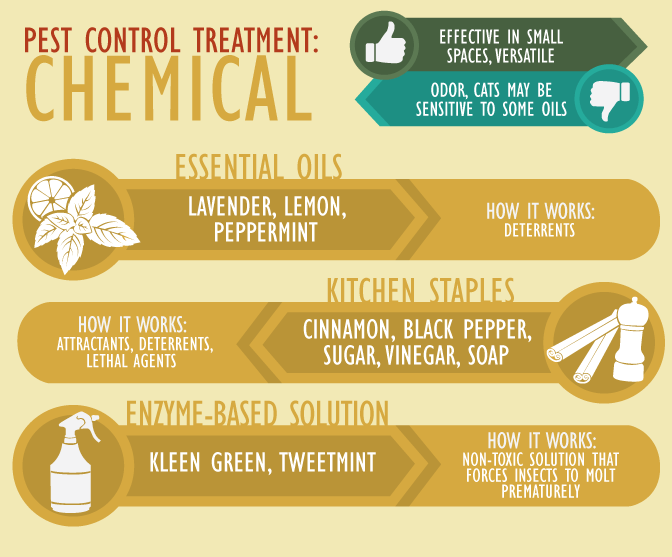Tips For Homeowners To Keep Rodents Out Of Their Attic Rooms
Tips For Homeowners To Keep Rodents Out Of Their Attic Rooms
Blog Article
Content Writer-Austin Park
Envision your attic as a comfortable Airbnb for rats, with insulation as fluffy as resort cushions and wiring a lot more tempting than space service. Currently, imagine these unwanted visitors tossing a wild event in your house while you're away. As a house owner, guaranteeing your attic room is rodent-proof is not practically peace of mind; it has to do with shielding your residential or commercial property and loved ones. So, what easy actions can you take to safeguard your refuge from these furry trespassers?
Inspect for Entrance Points
To begin rodent-proofing your attic room, check for entrance factors. Start by meticulously examining the outside of your home, seeking any kind of openings that rats can utilize to get to your attic. Check for just click the following document around utility lines, vents, and pipelines, along with any kind of splits or holes in the foundation or home siding. Make sure to pay very close attention to areas where different building materials satisfy, as these are common entrance factors for rodents.
In addition, check the roofing for any type of damaged or missing out on shingles, as well as any kind of spaces around the edges where rats might squeeze through. Inside the attic, search for indications of existing rodent task such as droppings, chewed wires, or nesting products. Utilize a flashlight to thoroughly check dark edges and hidden areas.
Seal Cracks and Gaps
Check your attic completely for any kind of cracks and spaces that require to be secured to prevent rats from getting in. Rodents can squeeze with also the smallest openings, so it's essential to secure any type of possible access points. Examine around pipes, vents, wires, and where the walls meet the roofing. Make use of a mix of steel woollen and caulking to seal off these openings effectively. Steel woollen is an excellent deterrent as rodents can not chew via it. Make certain that all voids are snugly secured to refute access to unwanted bugs.
Do not overlook the value of securing gaps around windows and doors as well. Use weather removing or door moves to secure these areas properly. Check the locations where energy lines get in the attic room and secure them off using an ideal sealant. By making the effort to seal all splits and gaps in your attic room, you develop an obstacle that rodents will certainly discover hard to breach. Prevention is type in rodent-proofing your attic room, so be thorough in your initiatives to seal any potential access points.
Eliminate Food Resources
Take proactive actions to get rid of or save all potential food sources in your attic room to prevent rodents from infesting the room. Rodents are drawn in to food, so removing their food resources is critical in keeping them out of your attic room.
Right here's what you can do:
1. ** Shop food safely **: Stay clear of leaving any food products in the attic. Shop all food in closed containers made from metal or sturdy plastic to avoid rats from accessing them.
2. ** Tidy up particles **: Remove any stacks of debris, such as old papers, cardboard boxes, or wood scraps, that rats can utilize as nesting material or food resources. Keep the attic clutter-free to make it much less enticing to rats.
3. ** Dispose of garbage effectively **: If you use your attic room for storage space and have garbage or waste up there, see to it to dispose of it on a regular basis and correctly. Rotting pest spray bring in rodents, so maintain the attic room tidy and without any kind of organic waste.
Final thought
To conclude, remember that an ounce of prevention is worth an extra pound of remedy when it concerns rodent-proofing your attic.
By making the effort to examine for access factors, seal splits and gaps, and remove food resources, you can maintain unwanted parasites away.
Keep in mind, 'An ounce of prevention is worth an extra pound of remedy' - Benjamin Franklin.
Keep aggressive and shield your home from rodent infestations.
